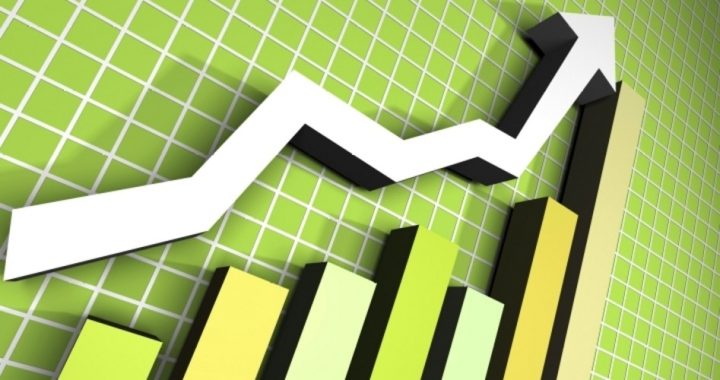
Regarding the economic recovery from the COVID-19 lockdown, there are hundreds of opinions, but only three scenarios. The recovery from the coronavirus shutdown will either look like a “V”, a “U,” or a “swoosh.”
Janet Yellen, the former Federal Reserve chair, said “I think a ‘V’ is possible, but I’m worried that the outcome will be worse.… It really depends on just how much damage [was] done during the time the economy [was] shut down.” Peter Berezin, chief global strategist at BCA Research, thinks that “once the infection rate has fallen by enough, we can ease off the most economically onerous measures, allowing GDP to slowly recover.”
That would be a “U”-shaped recovery, says Joachim Fels, global economic advisor at PIMCO, the global investment management firm that had $2 trillion under management before the stock market crashed: “Unlike previous recessions … the trigger of the present crisis is an exogenous shock. We are seeing the first-ever recession by government decree — a necessary, temporal, partial shutdown of the economy aimed at preventing an even larger humanitarian crisis.”
A “V”-shaped recovery would be like a coiled spring that has been pushed down and down and down until it finally springs back with great gusto. As Jeff Cox wrote at CNBC, “When the growth engine is turned back on, the U.S. [economy] will be turbo-charged and ready to roar.”
On the other hand, a “U”-shaped recovery would flatten out starting in June or perhaps July, remain flat for a couple of months and then, starting in the fourth quarter (October, November, December) begin to recover as the threat of the virus fades thanks to “social distancing” and effective vaccines. By the end of the year, in this scenario, the economy is nearly back to full steam.
That’s what Wall Street is telling investors. On February 12, the Dow Jones Industrial Average closed at a record 29,551. On March 23, just 27 trading days later, the Dow closed at 18,591, a loss of nearly 11,000 points, or 37 percent.
Since March 23, the market has rebounded sharply and is now trading at 23,000, having recovered 4,500 of those points lost. That’s a 20-percent rebound in just 11 days, and this has taken the Dow out of bear-market territory.
If taken as a forecasting tool, Wall Street is telling investors that, in another six months, the economy will be humming.
There are problems with both of those scenarios, and that’s where Nike’s “Swoosh” comes in. The cruise industry has taken a serious hit, as have brick-and-mortar retail businesses. Even though the auto industry, in its haste to recover, is offering sensational deals to new car buyers, those buyers may be reluctant to splurge. Having lived through a near-death experience, many families will be very happy to keep a low profile, lick their wounds, and wait for their 401(k)s and IRAs (and home values) to rebound before taking on more debt.
Small business owners, those that haven’t shuttered their doors for good, will take some time to recover as well, rebuilding traffic from zero and reconnecting with their former customers.
Jessica Caldwell, executive director of insights at Edmunds.com, told MarketWatch:
It’s likely going to be a car buyer’s market for the foreseeable future. With plants shut down right now, automakers … will be desperate to make up for the volume lost once regular life begins….
They know that Americans will be recovering financially for some time. So they’re going to offer generous incentives to entice customers to spend their money — and perhaps [their] stimulus checks — in the auto sector.
And then there’s the enormous debt the government created with its “stimulus” package. “That will turn [the recovery],” said Jeff Klingelhofer, co-head of investments for Thornburg Investment Management, “into more of a flatline … because when we emerge from this we are going to be more indebted than we have ever been. The economy is not going to come running back to 100% [once] COVID is solved.”
All of which builds the case for the “swoosh.” The economy was pushed off a cliff. It’s going to take a while for it to climb back up.
An Ivy League graduate and former investment advisor, Bob is a regular contributor to The New American, writing primarily on economics and politics. He can be reached at [email protected].



